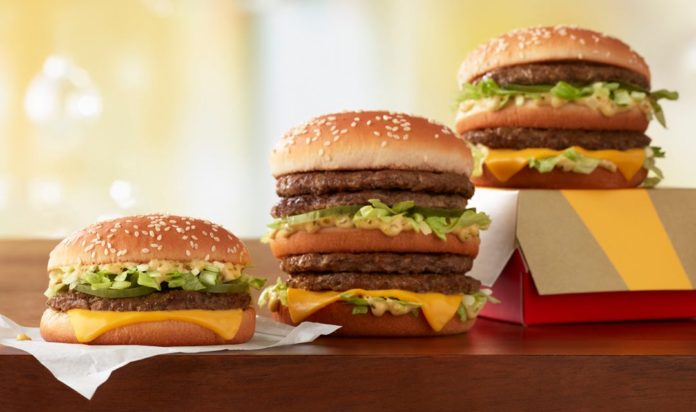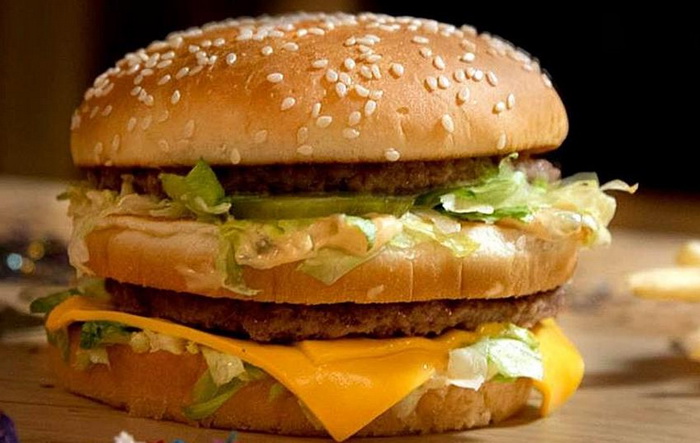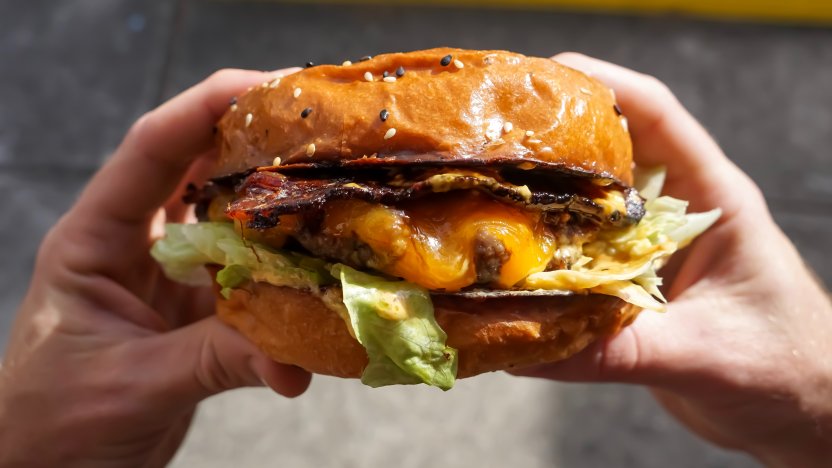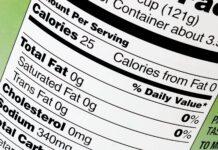
Say “Big Mac” and the image of a mouthwatering burger with two all-beef patties, lettuce, pickles, onions, cheese and a special sauce on a sesame seed bun comes to mind. Indeed, Big Mac has become a fast-food icon in its own right and continues to be so even with the introduction of other similar burgers. Not bad for a 50-year old burger!
Welcome the New Sandwiches

McDonald’s is McDonald’s, it has introduced innovations on the Big Mac. The fast-food giant apparently believes that even if there’s nothing wrong with it doesn’t mean that it can’t be improved on. We’re just too happy that it has evolved and, thus, given us something new.
And speaking of something new, McDonald’s has released two new sandwiches, namely, the Double Mac and the Little Mac. These are limited-release sandwiches only so you may want to grab them as soon as you can. These are obviously iterations of the iconic Big Mac and we welcome the novelty.
The Double Mac is a burger behemoth with four all-beef patties with a third sesame seed bun and its special sauce. You may or may not want to share it considering that it contains 720 calories and 43 grams of fat. You will also shell out $5.49 for an order but we think it’s worth the size and flavor.
The Little Mac is a smaller version priced at $2.29 a pop. It looks like a regular cheeseburger but it comes with the chain’s special sauce. You may want it if you’re craving for a Big Mac but you don’t want the huge number of calories and fat. Other than that, according to Pricelisto.com, the regular Big Mac’s average price is about $5.05, which is considerably more.
The Big Mac Story from the 1960s

This isn’t the first time that McDonald’s has introduced iterations of the Big Mac either. In 2017 and 2018, it sold the Grand Mac, which had three buns and two patties but these were larger than the regular ones.
And the Little Mac and Double Mac will not be the last iterations of their predecessor, the Big Mac, either! The chain has even hinted that there will be more of these burger iterations in the future. We’re excited obviously since something new is a good thing when it comes to food.
But who came up with the Big Mac and when was it invented? These are common questions made by the inquisitive fans and we can’t blame them for it. After all, if you’re going to stuff your face with dozens of the stuff every year, then you may as well know its history.
In 1957, Jim Delligatti opened his first McDonald’s franchised restaurant in Uniontown, Pennsylvania; he later became the owner of 50 McDonald’s restaurants across Pennsylvania. After a decade, he came up with the idea of a double-decker burger that will attract the workers from the steel mills and other companies nearby. But the McDonald’s bosses weren’t receptive to the idea because the current burgers then were a big hit nationwide.
But Delligatti persisted and eventually, he was given the go signal in 1967. He had to meet a condition, nonetheless: He had to make his double-decker burger with the products and ingredients that were already in the McDonald’s portfolio. But he didn’t because he used a double-sliced, sesame seed bun that he bought from a local bakery.
He didn’t immediately introduce his new burger. He actually spent a few weeks on getting the right combinations of the ingredients and in developing the special sauce. Afterward, he sold the first double-decker burger for 45 cents each in 1967.

But it wasn’t known as the Big Mac then. The first names weren’t catchy, much less easily associated with the McDonald’s brand. These included Blue Ribbon Burger and The Aristocrat before the Big Mac name was introduced. Esther Rose, an advertising secretary at the time, is credited for the name’s creation.
From its introduction, the burger became a roaring success, which contributed to Delligatti’s success in the restaurant business. The McDonald’s central management also began offering the Big Mac in stores nationwide. Such was the Big Mac’s popularity in the United States that it was soon sold in the United Kingdom.
Today, the modern Big Mac is nearly identical as the 1960s version. Nearly identical because the special sauce has been tweaked a few times through the years.
While it may seem like it, the recipe for the special sauce isn’t actually a secret. A few McDonald’s chefs have shared the recipe, which included yellow mustard, sweet pickle relish and mayonnaise, online even.
There were also two versions but it was streamlined to just one in 1972. The remaining recipe was also altered in 1991 and 2004.
Such is the Big Mac’s popularity that it’s even used as an economic tool! The Economist, a magazine, conceptualized the idea of the Big Mac Index, a measure of purchasing power parity.











